New Models of Rice Farming in Baoshan
Luojing Town, an important agricultural town in Baoshan District, has nearly 7,000 mu (about 466.7 hectares) of paddy fields. The locally-produced rice would, once harvested, partly be sold locally and served on the tables of residents in Baoshan or the wider Shanghai, and partly be stored in the granary as the staple for the coming year.
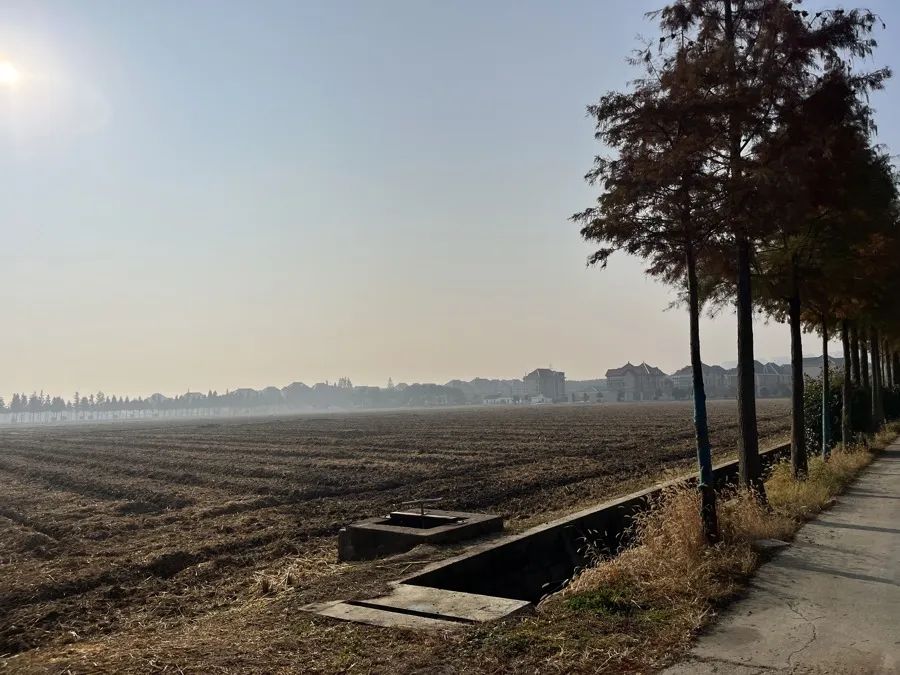
Paddy fields after harvest. Photo by Wu Yue
Though it is not a large amount of production, it does require a considerable amount of work and management. In recent years, to make the countryside more attractive to tourists and increase farmers’ income, Luojing Town has been working on, for one thing, improving the production process and harvest through scale management on scattered farmland, and for another, exploring the building of “unmanned farm” and introducing agricultural technology enterprises, including setting up a joint venture company with Sierteng, a rural revitalization operation service platform under Guosheng Group.
Using unified management to produce rice of higher quality and lower cost
There is an old saying in China that says “Farmers live at the mercy of the weather”. But now it is no longer true. There are, indeed, a lot of things to consider, though, if you were to contract a piece of land and start growing rice. The choice of rice variety, fertilizer, pesticide, the frequency of chemical use, and ways to cope with complicated weather conditions, just to name a few, could all pose substantial challenges. The uncertainty in harvest means uncertainty in income. What’s more, finding ways to improve the framing efficiency of scattered farmland, or increase the use of agricultural technology to help farmers with varied skill and cognition levels could also be hard.
In finding solutions to these problems, Luojing Town began scale management on scattered farmland as early as 2006. Wu Gang, senior agronomist of Luojing Town Economic Development Service Center, introduced that the cooperatives under the village administration would operate and manage dispersed farmland collectively after signing a land circulation contract with the village committee and filing online publicly.
As for the sales of the rice harvested, the relevant person in charge of the purchase from Shanghai Baojin Agricultural Technology Development Co., Ltd. said, “We purchase high-quality paddy rice from cooperatives at a price of 3.7 yuan/kg, which is much higher than 0.74 yuan/kg offered by the Staple Food Control Office, and after processing them into rice, sell them on the market. It reduces the operating cost of cooperatives and realizes the transformation from selling paddy rice to selling rice.”
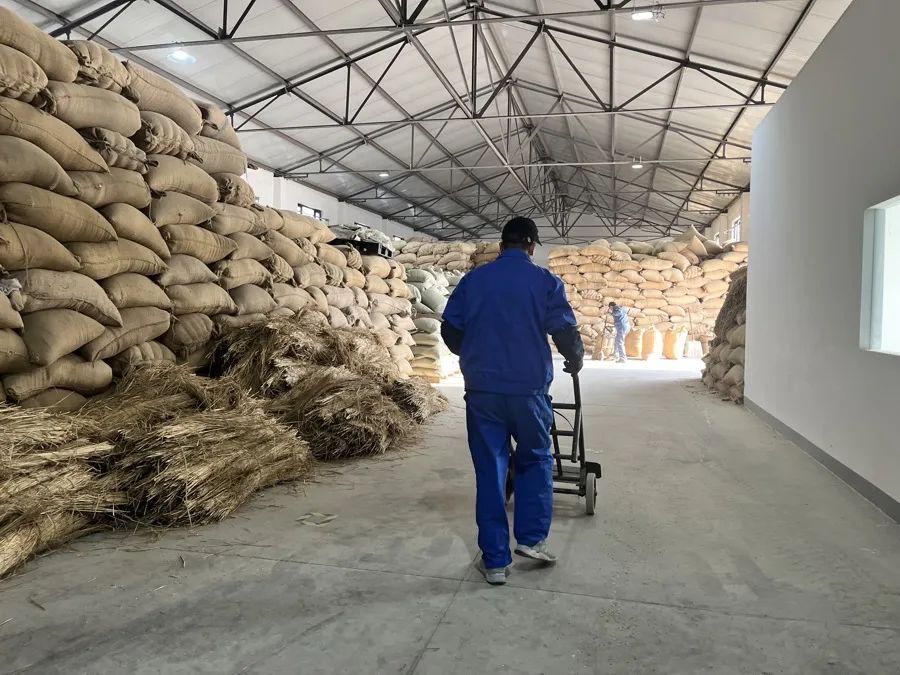
A busy rice mill, where paddy rice was processed into rice and packed for sale. Photo by Wu Yue
Collective management makes farming more standardized, and the production and sales process more optimized, thus the output of higher quality and lower cost.
In 2019, all Luojing-produced rice passed the green food certification of the Ministry of Agriculture and Rural Affairs. “Baonong 34”, one of the quality rice brands, has won the gold medal of quality rice selection held by Shanghai many times, while the “Xin Luojing” rice growing through rice-crayfish farming has won the gold medal of the 19th and 21st China Green Food Expo. The locally-grown rice is soft, waxy, fragrant, and sweet, winning huge popularity among urban residents and locals alike.
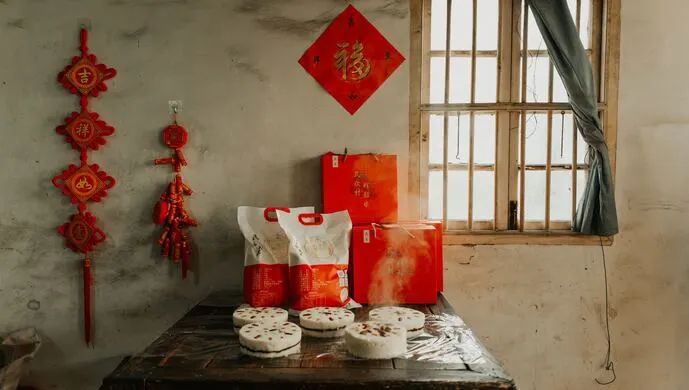
Luojing locals like to use locally-grown rice when making Sixifeng cake, a kind of intangible heritage food. Photo from Image Library.
The consumers enjoy the rice, and the farmers get a source of income. At present, farmers who work for the cooperatives can enjoy land circulation subsidies, employee insurance subsidies, dividends from rice sales and policy subsidies for agricultural planting. Wu Gang said that many local farmers, who at first were reluctant to participate, are now scrambling to join the cooperative and their enthusiasm for growing grain has increased significantly.
Crayfish and rice symbiosis, regionalization layout of an advantageous industry
Located at the southern end of Luojing Town, the Minzhong village has only a total arable land of less than 300 mu (20 hectares). In recent years, the village has gradually attracted attention for its ecological rice-crayfish co-culture system, which increases the output value per mu from the original 2,800 yuan from mere rice planting to 10,000 yuan. “Now the rice we grow from the rice-crayfish fields is sold at 30 to 40 yuan per kilogram, which used to be only about 12 yuan”, introduced the Party Branch Secretary of Minzhong village. This is the regionalization layout strategy Luojing town developed for its advantageous industry under the condition of limited arable land.
The rising rice price is a reflection of the improvement in rice quality. Since 2017, Minzhong Village has, with the support of the Science and Technology Committee and the Agriculture and Rural Affairs Committee of Baoshan District, taken the lead in crayfish-rice farming in Baoshan. They dug out a 1.2-meter-deep trench circling each paddy field where they grow rice to raise crayfish.
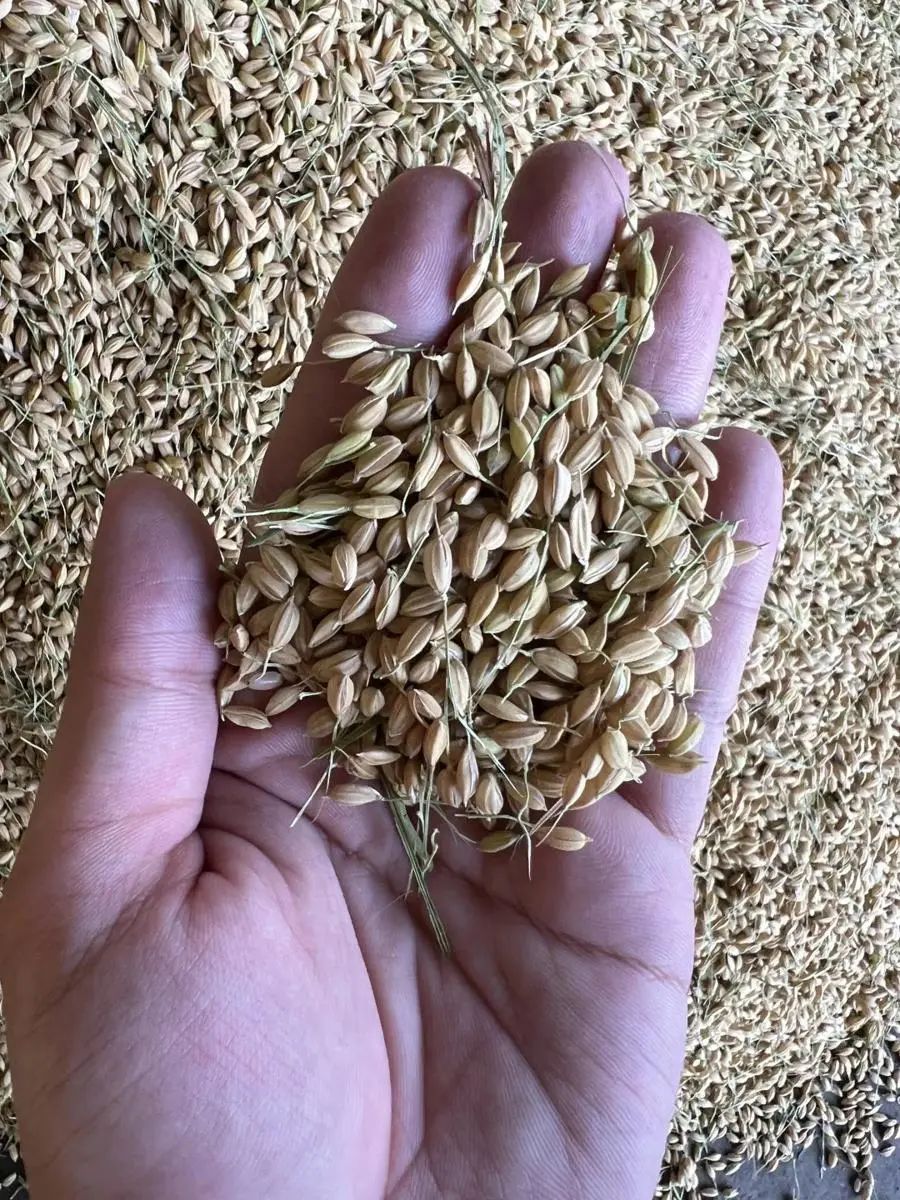
Paddy rice grown from crayfish-rice fields. Photo from Image Library
Crayfish in the field can not only eat wild weeds, but also play a role in killing pests, such as pest aquatic organisms and larvae. In addition, when the crayfish move around in the paddy field, they help loosen soil, improve ventilation and increase oxygen levels in the water. What’s more, the excrement of the crayfish also serves as a natural fertilizer. In this way, the soil and water quality of rice fields could be improved. Besides, the cooperative needs to follow strictly the “green requirements” in the planting of rice seedlings, sowing and the field management process so as to provide a good environment for the growth of crayfish.
To ensure product quality, rice grown from crayfish-rice fields is “naturally” looked after and thus has only a limited annual production. “Earlier, we sold our rice to only residents nearby who came for the recommendation of friends,” said the Party Branch Secretary of Minzhong village as he recalled that once there was a resident from Jiangsu Province who drove to the village for the “crayfish rice” after tasting the rice sent by a friend in Baoshan and only to find the rice had already been sold out. Because production is on a small scale, villagers often sell their rice on private channels such as WeChat and customers usually make orders one month or so before the harvest season. Besides, villagers would post videos about sowing and harvesting so that customers could know more about the organic production process of the rice.
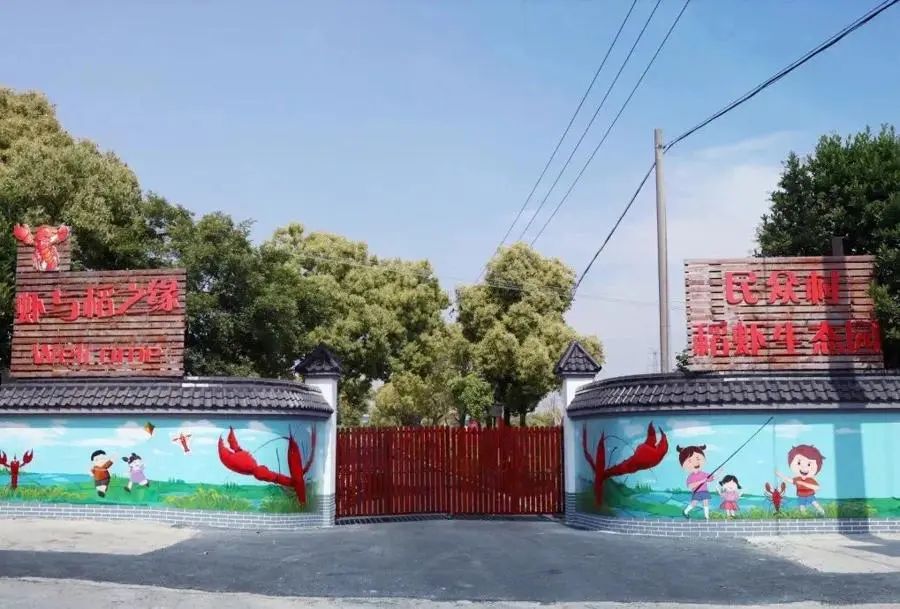
Crayfish fishing is very popular with family tourists. Photo from Image Library
As the “hero” in the paddy fields, crayfish also play an important role in improving the output value of the field. It is said that the crayfish fishing festival held in the village in May and June attracts many parent-child tourists every year, and the average reception on the weekends could reach 150 to 200 people. Parking is free there, and a family of three can, with a package ticket of 150 yuan, be offered with three fishing rods, a fishing net and a bucket, and enjoy to their heart’s content the joy of crayfish fishing with free bait provided. As for the crayfish caught, customers can take it back for free if it is within 1.5 kg, and the extras can be purchased at 70 yuan per kilogram. The model of “tourism + experience + agricultural products” continues to win fans and new customers for the village.
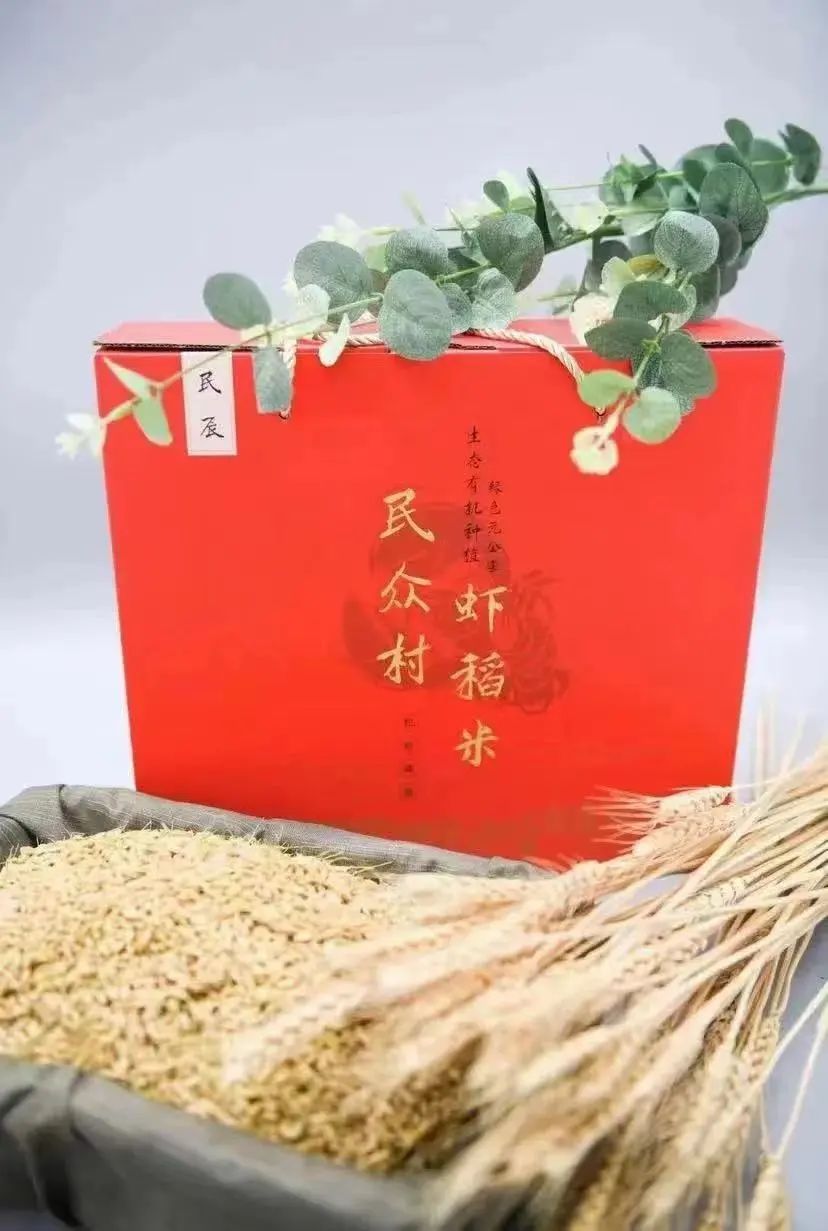
Paddy rice grown from crayfish-rice fields. Photo from Image Library
“Agriculture + technology”, exploration of unmanned farm
In the 1,200-square-meter agricultural machinery warehouse of the Shanghai Tongxin Grain and Vegetable Cooperative, you can see “big guys” including rice transplanters, harvesters, binders, and seed germination machines. The person in charge of the cooperative said that these agricultural machinery and equipment are imported from Japan at an average price of about 300,000 yuan. The equipment helps farmers reduce labor work in rice cultivation and harvest and facilitates scale management.
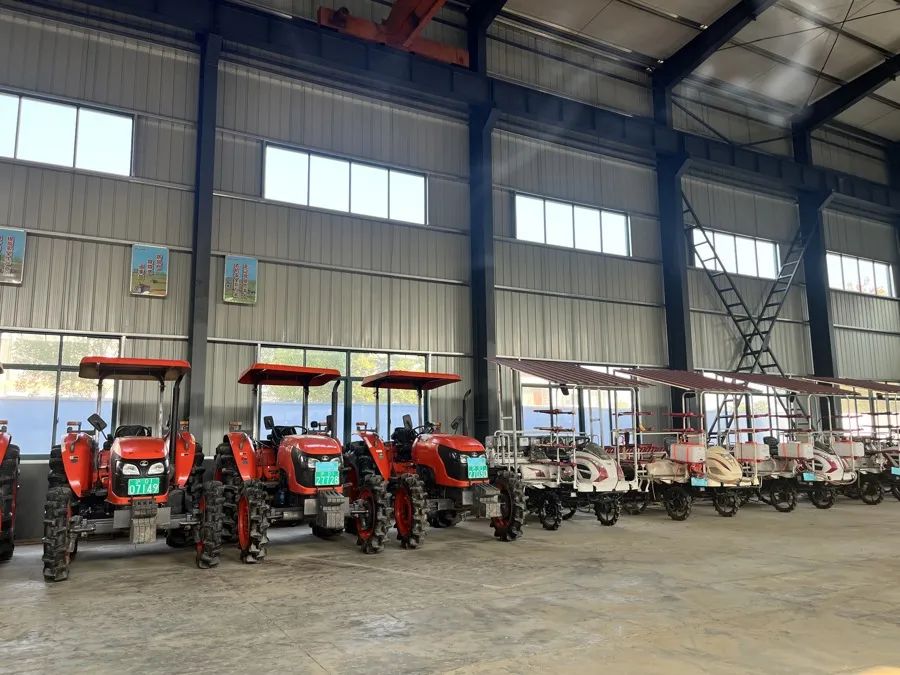
Agricultural machinery warehouse. Photo by Wu Yue
At present, the average age of Luojing town’s agricultural machine operators, who have all acquired their licenses, is about 50 years old. Yet the person in charge of the cooperative commented that “they are already the youngest ones the cooperative can find”. This reflects that people working in agriculture are getting older and it is difficult to recruit younger workers. The aging of agricultural population could bring many problems, such as the agricultural industry failing to keep up with the pace of agricultural informatization and digitalization, relying too much on policy support, and lack of innovation.
To improve the age structure of cooperative personnel, the Deputy Mayor of Luojing Town holds that the priority should be strengthening the training for reserved personnel. It is necessary to, for one thing, strengthen the training of modern agricultural skills and improve the management level of cooperative workers, and for another, to attract professional young talent to join the digital agricultural production force. In addition, the integration of agricultural resources is also crucial.
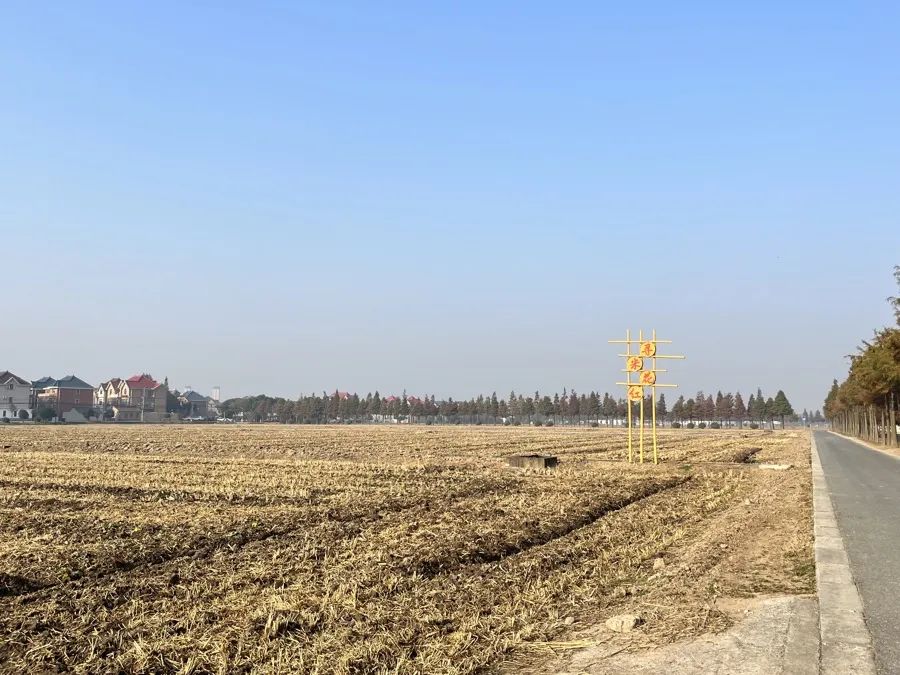
Luojing town is exploring the unmanned farm model. Photo by Wu Yue
Luojing Town is actively exploring the model of the unmanned farm. According to the Action Plan for Promoting High-quality Agricultural Development in Shanghai (2021-2025), Shanghai is in the process of building a number of agricultural machinery social service organizations based on digital management in districts and towns, and creating 100,000 mu (6,667 hectares) of unmanned farm for grain production. Shanhaijing Siteng Technology Service Co., Ltd., for example, is working with Luojing Town to jointly plan the launch of unmanned farm 4.0.
The relevant person in charge of Shanhaijing Siteng Technology, a joint venture established in 2022, introduced that the enterprise has established contact with industry experts, and wanted to take the opportunity of the comprehensive land consolidation project of Luojing Town to build unmanned farms in Yangqiao Village, thus creating a technology-led model for farming. “Going ‘unmanned’ is not the goal. What is important is to achieve smart control through digital perception and intelligent decision-making”, said the person in charge. The person also mentioned that the company would tap into the industrial investment opportunities of Guosheng Group to build connections and cooperation with sic-tech enterprises in the field of navigation and agricultural machinery R&D and manufacturing so as to increase the link with the industry and the industrial chain.

宝山汇APP

上海宝山微信

上海宝山微博